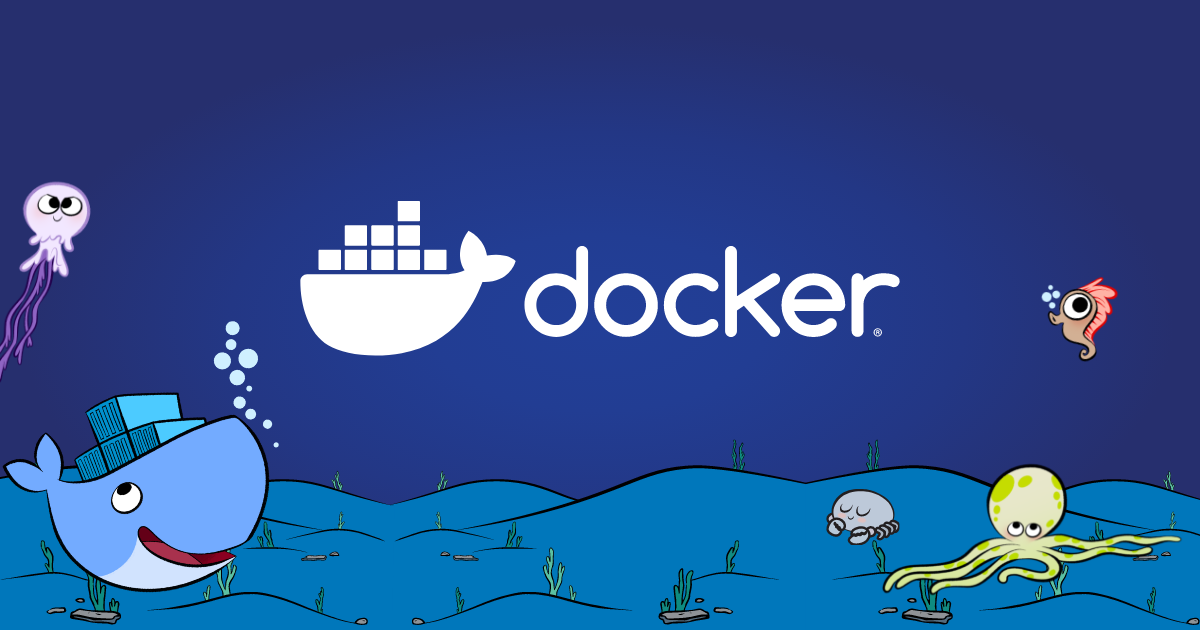The use of Docker in contemporary software development is widespread, and for good reason. Docker helps developers build lightweight and portable software containers that simplify application deployment. One of the most powerful commands in Docker’s command-line interface (CLI) is the docker run command. However, its vast number of options can make it a bit daunting for beginners.
In this blog post, we will demystify the docker run command and explain how to leverage its capabilities to run Docker containers effectively. Let’s get started!
The Docker Run Command
At its most basic, the docker run command creates a new container from a Docker image and starts it. However, this command offers a multitude of options to customize your containers according to your application’s needs. Here’s how the command structure looks:
docker run [OPTIONS] IMAGE[:TAG|@DIGEST] [COMMAND] [ARG...]
Now, let’s delve deeper into some of the most commonly used options:
Name (--name)
Assigning a custom name to your Docker container can be incredibly useful, especially when you’re dealing with multiple containers. You can specify a name for your Docker container using the --name flag:
docker run -d --name my_container ubuntu
Port Mapping (-p or --publish)
Docker allows you to map a network port inside your Docker container to a port on your host machine using the -p or --publish flag. This capability is essential when deploying services that need to be accessible over a network:
docker run -d -p 8080:80 ubuntu
Volume Mounting (-v or --volume)
To persist data generated and used by your Docker containers or to provide data from your host to the container, Docker provides volumes. You can mount a volume using the -v or --volume flag:
docker run -d -v /path/on/host:/path/in/container ubuntu
Environment Variables (-e or --env)
You can set environment variables that the process inside your Docker container can use. These variables are a good way to provide configuration settings to your application:
docker run -d -e "ENV_VAR=value" ubuntu
Link (--link)
The --link option allows containers to discover each other and securely transfer information about one container to another container.
docker run -d --link database:db ubuntu
Memory (-m or --memory)
Limiting a container’s memory usage can be critical when managing resources on your Docker host. The -m or --memory flag allows you to limit a container’s memory usage:
docker run -d -m 512m ubuntu
Network (--net)
The --net option allows you to specify the networking mode for the container. For instance, using --net=host makes the container use the host’s network stack:
docker run -d --net=host ubuntu
Restart (--restart)
The --restart flag allows you to specify a restart policy for how Docker should handle container exits. The always option ensures the container is always restarted, maintaining high availability:
docker run -d --restart=always ubuntu
User (--user or -u)
The --user option allows you to specify the user that runs the command in the container. This can be useful to ensure correct file permissions or to enhance the container’s security:
docker run -d --user=username ubuntu
Working Directory (-w or --workdir)
The -w or --workdir option sets the working directory inside the container for any RUN, CMD, ENTRYPOINT, COPY and ADD instructions that follow it in the Dockerfile:
docker run -d -w /path/to/dir/ ubuntu
Now, let’s see an example of a docker run command that includes multiple options:
docker run -d \
--name my_container \
-p 8080:80 \
-v /path/on/host:/path/in/container \
-e "ENV_VAR=value" \
--link database:db \
-m 512m \
--net=host \
--restart=always \
--user=username \
-w /path/to/dir/ \
ubuntu
This command chain gives you a powerful, flexible way to configure and manage Docker containers to suit various needs. Remember, not all options need to be used together in all cases; adjust the command to fit your specific requirements.
Wrapping Up
In conclusion, the docker run command is a versatile tool that empowers developers to efficiently manage and control Docker containers. By understanding and effectively using these options, you can significantly enhance your Docker workflow and productivity.
This guide just scratches the surface of Docker’s capabilities. I encourage you to explore the Docker documentation and experiment with these options to get a feel for what’s possible with Docker.
Whether you’re a developer, DevOps professional, or IT administrator, mastering the docker run command is an essential skill that will surely serve you well in your Docker journey.
Happy Dockering!
